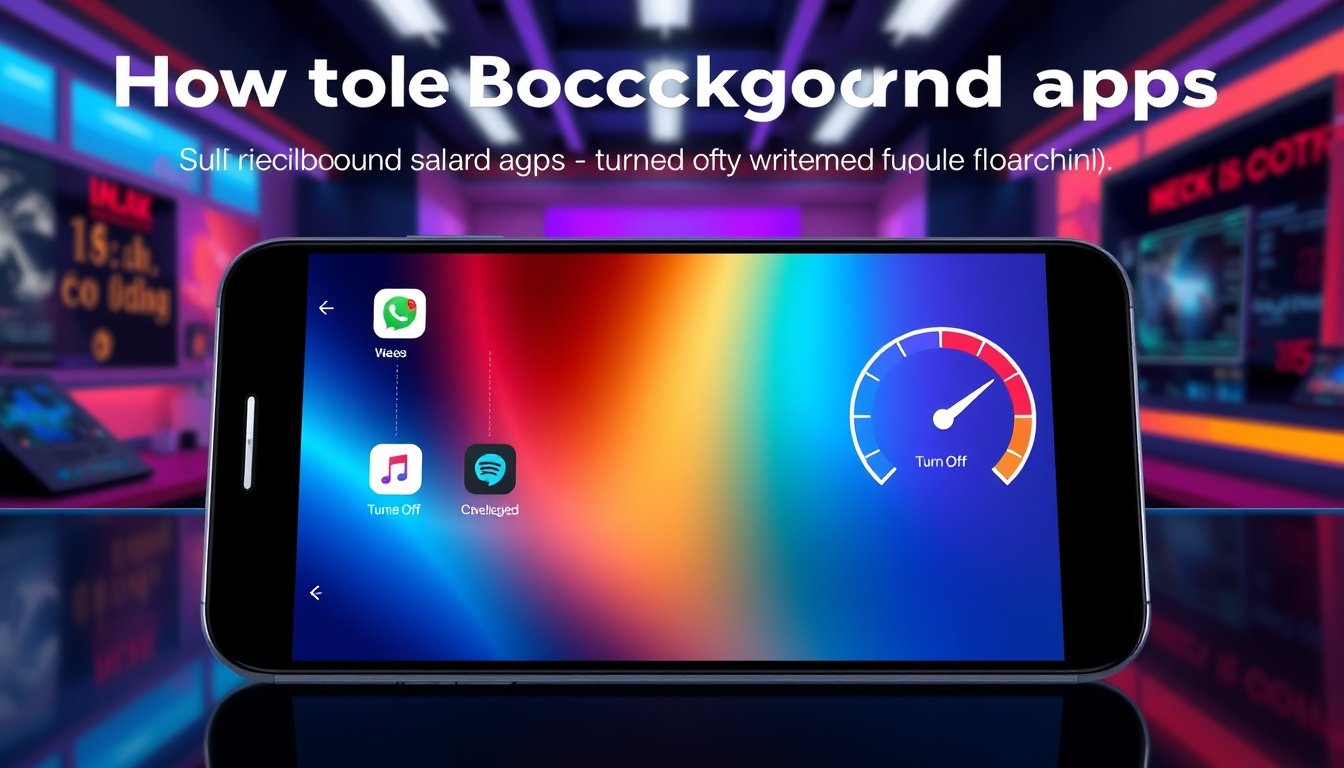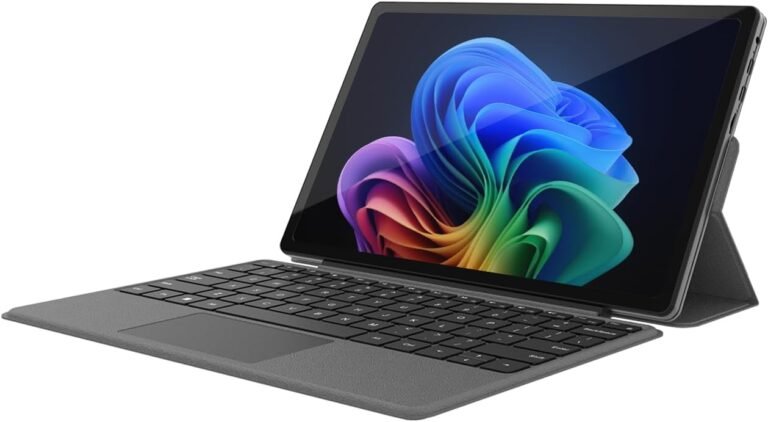
Background apps are applications that continue to run and perform tasks even when you’re not actively using them. While convenient for receiving notifications and updates, these apps can drain your device’s battery, consume data, and reduce overall performance. Disabling unnecessary background apps helps streamline your device, conserves battery life, saves data, and can improve privacy. This guide covers how to identify and manage background apps on Windows, iPhone, and Android devices effectively.
Understanding Background Apps and Why Disable Them?
Many apps are designed to refresh data or perform updates in the background. For example, email apps check for new messages, social media apps update news feeds, and messaging apps receive notifications without your direct interaction. While useful, this continuous activity consumes resources:
- Battery Drain: Background processes keep your device’s processor and network active, draining battery faster.
- Data Usage: Apps running in the background can use mobile data without your knowledge, risking data cap overages.
- Performance Hit: Too many apps running simultaneously slow down your device and reduce responsiveness.
- Privacy Concerns: Apps accessing information in the background may collect data, impacting your privacy.
Hence, selectively disabling or managing background processes can optimize device efficiency.
How to Disable Background Apps on Windows 10 and Windows 11
Windows allows you to control which apps run in the background, but managing them individually can seem tedious. Here are streamlined approaches:
Manual Configuration via Settings
- Open Settings: Click the Start menu and select Settings (gear icon).
- Navigate to Apps: Go to Apps > Installed apps.
- Select an App: Find the app and click the three dots (More options), then select Advanced options.
- Choose Background App Permissions: Under the Background app permissions section, select one of the following options:
- Always: App runs in the background continuously.
- Power optimized (recommended): Windows manages app activity to save power.
- Never: The app will not run in the background.
Control Background Apps Globally
- Go to Settings > Privacy > Background apps.
- To stop most apps, toggle Let apps run in the background to Off.
- To allow specific apps, toggle individual app settings on or off below that.
Note on Desktop Apps
Desktop apps (programs installed outside of Microsoft Store) typically do not appear in the background apps list and need to be controlled within their own settings.
Tips to Simplify Management
- Use the Privacy > Background apps menu to quickly toggle apps rather than opening each one.
- Monitor Task Manager (Ctrl + Shift + Esc) under the Startup and Processes tabs to see what’s running and consuming resources.
- Consider disabling startup programs that run on boot if you don’t need them.
Disabling Background Apps on iPhone and iPad
Apple calls background processes Background App Refresh, which keeps apps updated even when not in use.
Disable Background App Refresh Globally
- Open Settings.
- Tap General > Background App Refresh.
- Choose Off to stop all apps from refreshing in the background.
Disable for Specific Apps
- Follow steps 1 and 2 above.
- Scroll through the list of apps.
- Use the toggle next to each app to disable or enable Background App Refresh according to your preference.
Disabling Background App Refresh helps save battery life and data but may delay notifications or updates from apps you rely on.
Disabling Background Data on Android Devices
Background data usage is Android’s equivalent feature that allows apps to exchange data even when not actively used.
Turn Off Background Data for Individual Apps
Samsung Galaxy
- Open Settings.
- Go to Connections > Data usage > Mobile data usage.
- Tap on an app from the list.
- Toggle off Allow background data usage.
Google Pixel and Other Android Devices
- Open Settings.
- Go to Network & internet > Data Saver.
- Turn on Data Saver to restrict background data usage globally.
- Optionally, whitelist certain apps that need uninterrupted connectivity.
This restricts unnecessary data consumption and can improve battery efficiency.
Final Thoughts
Disabling unnecessary background apps and data refresh processes can lead to:
- Improved battery life
- Reduced mobile data consumption
- Enhanced device performance
- Increased control over your privacy
While some background activity is useful for timely notifications and updates, it’s worth customizing settings based on your needs. Regularly reviewing which apps use resources in the background and managing their permissions helps streamline your device for optimal performance.

Summary Checklist
| Platform | Where to Manage Background Apps | Key Tips |
|---|---|---|
| Windows 10/11 | Settings > Apps > Installed apps > Advanced options<br>Privacy > Background apps | Disable globally or per app, monitor Task Manager |
| iPhone/iPad | Settings > General > Background App Refresh | Turn off globally or per app for better battery/data |
| Android | Settings > Connections/Data Usage or Network & internet > Data Saver | Disable background data per app or enable Data Saver |
By following these steps, you can ensure your device runs smoother, lasts longer on a single charge, and uses your data plan more efficiently.









